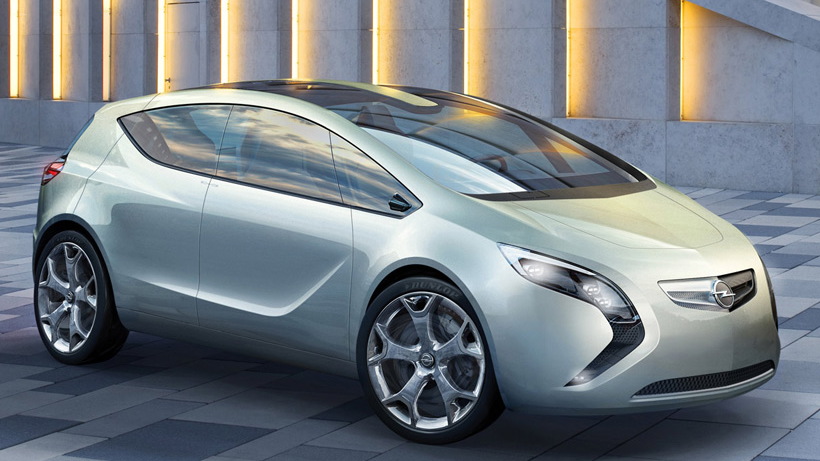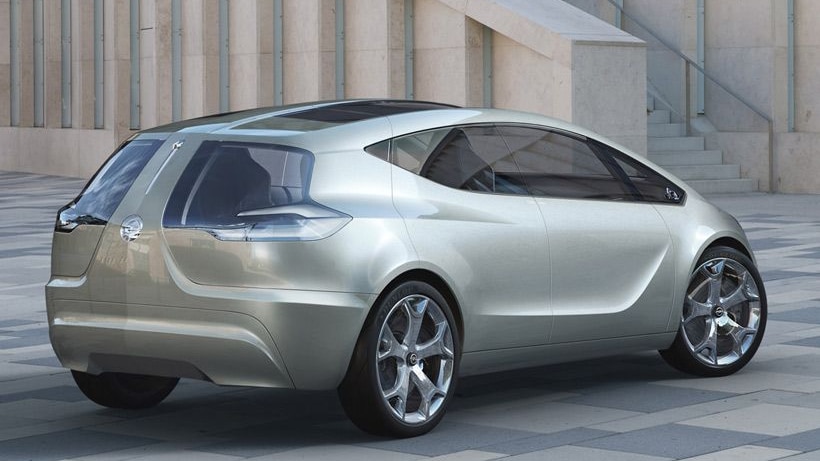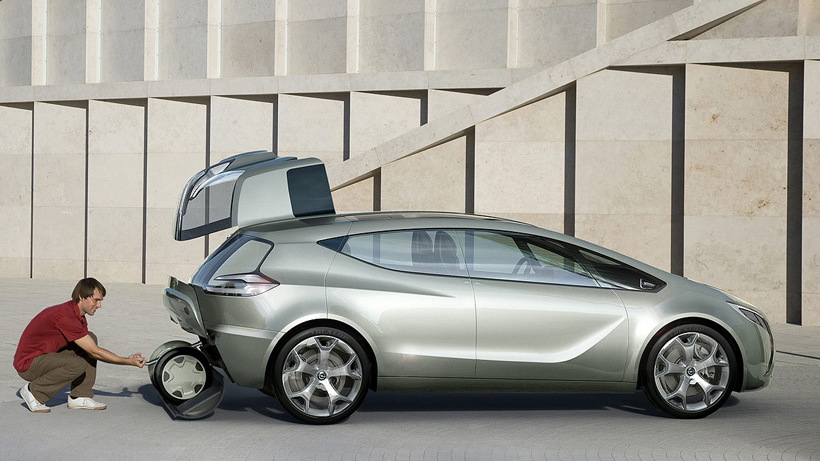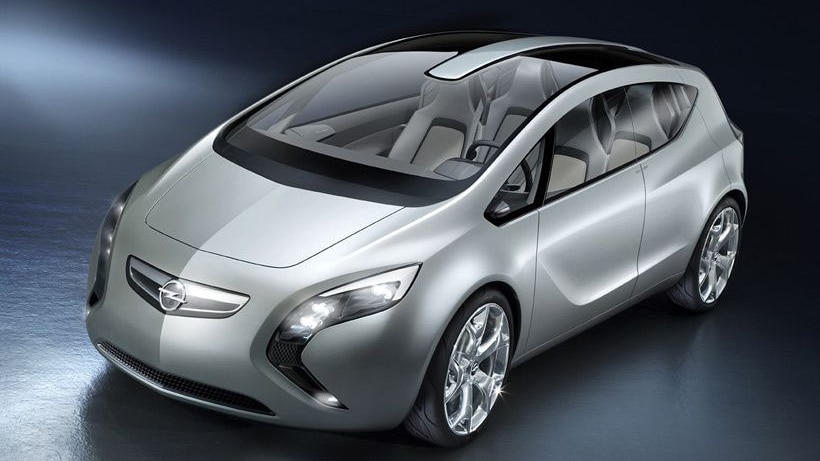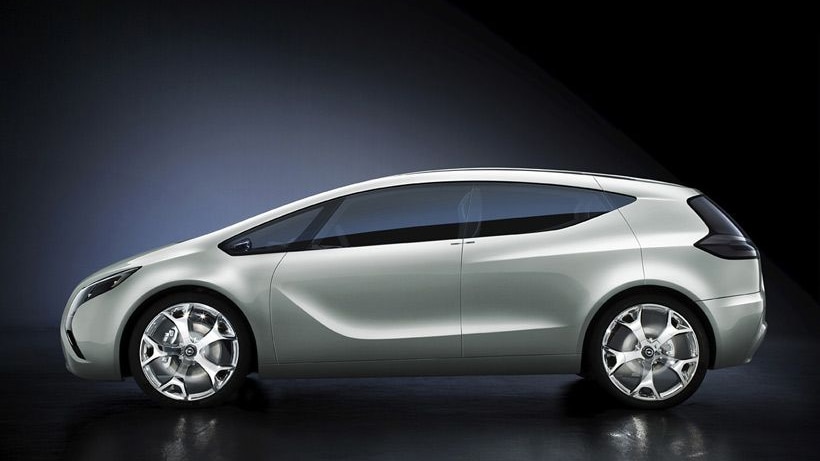"We are investing an enormous amount. We will launch these cars in Europe, both as Opel and as Chevrolet, in around three years," Forster told attendees at a conference in Berlin yesterday, Reuters reports. The reason for the delay, explained Forster, is so the high initial costs of the technology could be driven down and to give consumers enough time to get used to it.
Forster also mentioned that both petrol and diesel versions could be offered, and that the plug-in hybrids would initially be more expensive than all-electric models already on sale in Europe.
Unlike a conventional hybrid, the Volt uses its internal combustion engine purely to charge its batteries while an electric motor does all the driving work. In this way, the car can have a much longer driving range than a regular electric vehicle, which is expected to be one of its strongest selling points.
GM’s Opel division, meanwhile, is working on two new plug-in hybrid vehicles based on the same E-Flex architecture that’s set to debut in the Volt. One of the cars is expected to be based on the Flextreme Concept (pictured), while the other is to be a larger and more spacious model.
The first European hybrids will be shipped over from the U.S. but eventually the cars will be manufactured in Germany.
